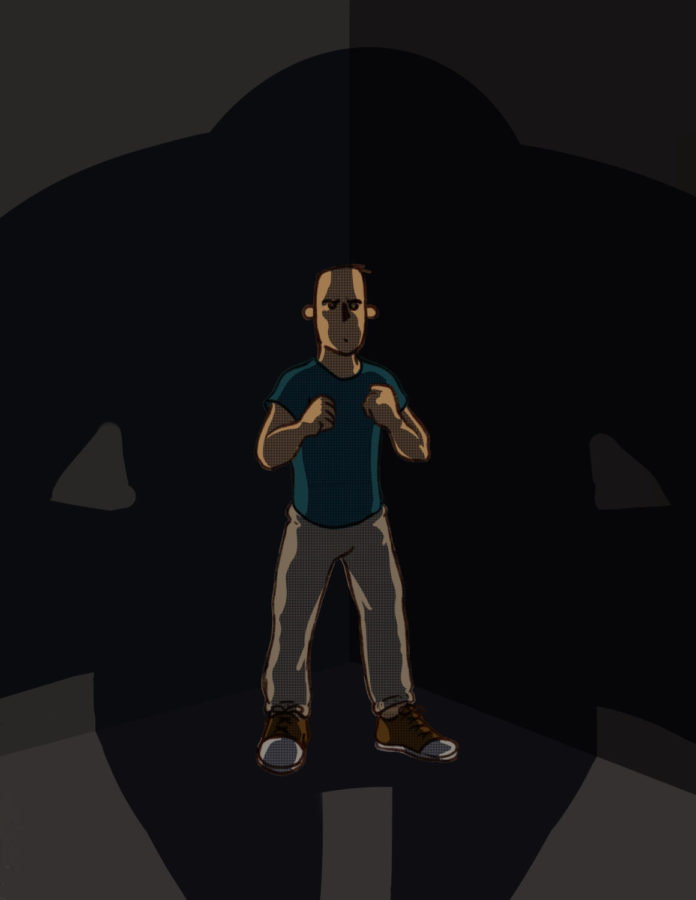Self defense: Students must prepare for the future
A TSP staff member makes a case for a self defense class
Imagine that you’re walking to your car in the parking garage at night; you’re all alone. Suddenly, you hear a noise, and your thoughts immediately jump to the worst possible scenario. But knowing that you have the ability to protect yourself could put your mind at ease.
According to the Rape, Abuse and Incest National Network, one out of every six women will be a victim of attempted or completed rape; women in college between the ages of 18 and 24 are three times more likely to be sexually assaulted than women not in college, and males are five times more likely. Because college is the next step for many students after high school, we need to be educated now on how to protect ourselves.
As I consider my life after high school, I find myself excited at the prospect of moving out of the stuffy suburbs and into a big city for college and a career. Unfortunately, when I think about the opportunities that come hand in hand with living independently, the worry of getting attacked or assaulted is always at the back of my mind.
After high school, many of us will be moving out of the safety of Vernon Hills. We need to know how to recognize a bad situation and be able to properly defend ourselves. Our school does not offer self-defense as a class, so I don’t feel prepared to protect myself from an attack.
From a survey taken by 152 VHHS students, 56.3 percent responded that they would take a semester-long self-defense class.
“For me personally, all the colleges I’m looking at are in cities, so it would definitely be helpful to learn self-defense, even if I never end up using it,” Jami Ellen (12) said. “I think it’s a really important skill for a lot of people to learn, and I think a lot of people want to learn it.”
As of now, VHHS offers self-defense to seniors as a unit taught by a hired self-defense teacher in Activities for Lifetime Fitness (ALF) classes.
“[Some schools] send teachers to get Rape Aggression Defense (RAD) certified, which is essentially self-defense certifications, to be able to come back into their schools or classrooms to teach it,” Physical Welfare department supervisor Mr. McCalou said. “Some of the units, or programs, are pretty lengthy. They can go from a four-week unit to a six-week unit.”
Mr. McCalou explained that our school’s administration is currently in the process of sending some teachers to get RAD certified to teach a self-defense course to seniors, but this program does not include enough material to cover a whole semester.
Even though this program only includes material for a third of a semester, I believe that doesn’t mean teaching a full semester of self-defense isn’t feasible. There are schools in the U.S that offer semester courses of self-defense to their students.
Hicksville High School in New York is an example of a public school that has successfully incorporated self-defense into their curriculum, according to educationdive.org. It has 10 sections of semester-long self-defense, and 290 juniors and seniors enrolled this year. Teachers provide instruction on physical skills, along with teaching them how to being more aware of surroundings.
Some might say that implementing a full-semester self-defense class isn’t necessary, especially because our school is currently preparing to implement a multi-week course for seniors. But based on the success of Hicksville High School, having a full semester is possible.
It will give students the opportunity to practice what they are learning over and over again, because without practice, students won’t be able to translate what they have learned into the real world. Additionally, certain days of the week can be dedicated to teaching students how to recognize unsafe situations or environments.
High school prepares students to enter the real world. If our school implemented a self-defense class, students would be able to take the first step towards keeping themselves safe.

